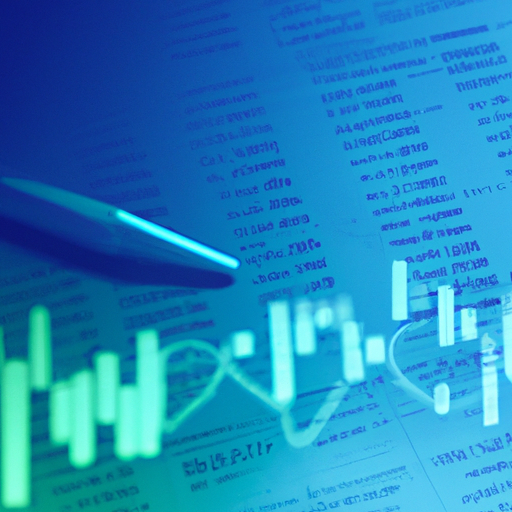
In the world of finance and accounting, understanding and effectively utilizing a bilan comptable is essential for businesses of all sizes. In this comprehensive guide, we will explore the basics of bilan comptable, its importance in financial reporting, and how to analyze and interpret your own bilan comptable for optimal business success. Whether you're a seasoned financial professional or a business owner looking to improve your financial management skills, this article will provide valuable insights into the key role that bilan comptable plays in the financial health of your organization.
- 1. Understanding the Basics of Bilan Comptable: A Comprehensive Guide
- 2. The Importance of Bilan Comptable in Financial Reporting
- 3. How to Analyze and Interpret Your Bilan Comptable for Business Success
1. Understanding the Basics of Bilan Comptable: A Comprehensive Guide
A bilan comptable, or balance sheet in English, is a financial statement that provides a snapshot of a company's financial position at a specific point in time. It is a crucial document that helps stakeholders, such as investors, creditors, and management, assess the company's overall financial health and performance.
The bilan comptable is typically divided into three main sections: assets, liabilities, and equity. The assets section lists all the resources owned by the company, such as cash, inventory, and property. Liabilities represent the company's financial obligations, including debts and accounts payable. Equity, on the other hand, shows the difference between the company's assets and liabilities, reflecting the company's net worth.
Understanding how to read and interpret a bilan comptable is essential for making informed financial decisions. By analyzing the balance sheet, stakeholders can evaluate the company's liquidity, solvency, and overall financial stability. For example, a high level of debt compared to assets may indicate financial risk, while a strong equity position suggests financial strength.
In conclusion, the bilan comptable is a fundamental financial statement that provides valuable insights into a company's financial health. By mastering the basics of reading and interpreting this document, stakeholders can make informed decisions and effectively manage their investments.
2. The Importance of Bilan Comptable in Financial Reporting
The Bilan Comptable, or balance sheet, is a crucial component of financial reporting for businesses. It provides a snapshot of a company's financial position at a specific point in time, allowing stakeholders to assess its overall health and stability.
One of the key reasons why the Bilan Comptable is important in financial reporting is that it helps investors, creditors, and other interested parties make informed decisions about the company. By analyzing the assets, liabilities, and equity listed on the balance sheet, stakeholders can gain insights into the company's liquidity, solvency, and overall financial performance.
Furthermore, the Bilan Comptable is essential for assessing the company's financial health and identifying potential risks and opportunities. It provides a clear overview of the company's financial resources and obligations, helping stakeholders understand its ability to meet its short-term and long-term financial obligations.
In conclusion, the Bilan Comptable plays a critical role in financial reporting by providing valuable information about a company's financial position and performance. It is a key tool for stakeholders to assess the company's financial health, make informed decisions, and evaluate its overall stability and sustainability.
3. How to Analyze and Interpret Your Bilan Comptable for Business Success
Analyzing and interpreting your bilan comptable is crucial for ensuring the financial health and success of your business. By understanding the key components of your balance sheet, you can make informed decisions that will impact the future of your company.
One of the first steps in analyzing your bilan comptable is to review the assets and liabilities listed. Assets include everything your business owns, such as cash, inventory, and equipment, while liabilities encompass your debts and obligations. By comparing the two, you can calculate your company's net worth, which is a key indicator of financial stability.
Next, it's important to assess the liquidity of your assets. This involves determining how easily your assets can be converted into cash to meet short-term obligations. A high level of liquidity indicates that your business is well-positioned to cover its expenses, while a low level may signal potential financial challenges.
Another crucial aspect of analyzing your bilan comptable is evaluating your company's debt levels. By comparing your liabilities to your assets, you can calculate your debt-to-equity ratio, which provides insight into how much of your business is financed by debt versus equity. A high ratio may indicate excessive reliance on borrowing, while a low ratio suggests a healthier financial position.
In addition to these key components, analyzing your bilan comptable also involves looking at profitability metrics such as return on assets and return on equity. These ratios measure how effectively your business is generating profits from its resources and investments, providing valuable insights into your company's overall performance.
Overall, by carefully analyzing and interpreting your bilan comptable, you can gain a deeper understanding of your business's financial health and make strategic decisions to drive success and growth.